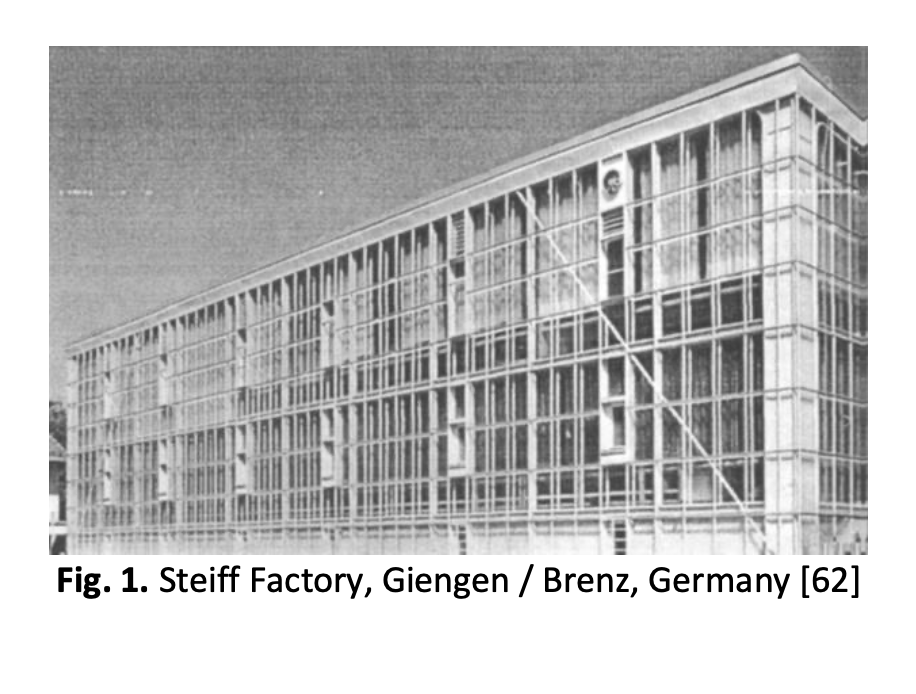Aptitudes of Double Skin Façade toward Green Building within Built Environment
DOI:
https://doi.org/10.37934/arfmts.100.3.146170Keywords:
Double Skin Façade, energy efficiency, built environment, simulation, green buildingAbstract
To obtain optimal efficacy toward energy saving in buildings, numerous approaches have been persistently developed and innovated. Double Skin Façade (DSF), one of the keys to energy efficiency and thermal enhancement, is increasingly drawing attention from designers and researchers in speculating its benefits. Nowadays, there are still some doubts about the performance of DSF as it provides pros and cons. Therefore, this review provides a deep understanding of the composition of DSF and its performance, and its startling gaps among researchers toward green building within the built environment. The research studies present evidence of the potential of DSF in various applications with the proper design scheme. However, location and climatic conditions are the most important factors to consider when it comes to designing DSF for building envelopes. Otherwise, the system not only mandates a higher investment cost on double structuring but also higher demand for energy consumption. The findings additionally indicate that DSF has also left some uncertainties on its positive impact within the extensive tropical climate, since there are inadequate studies conducted, such as lighting, heat transfer and ventilation, etc. Accordingly, the system requires more rigorous investigation to be profoundly employed.
Downloads

































